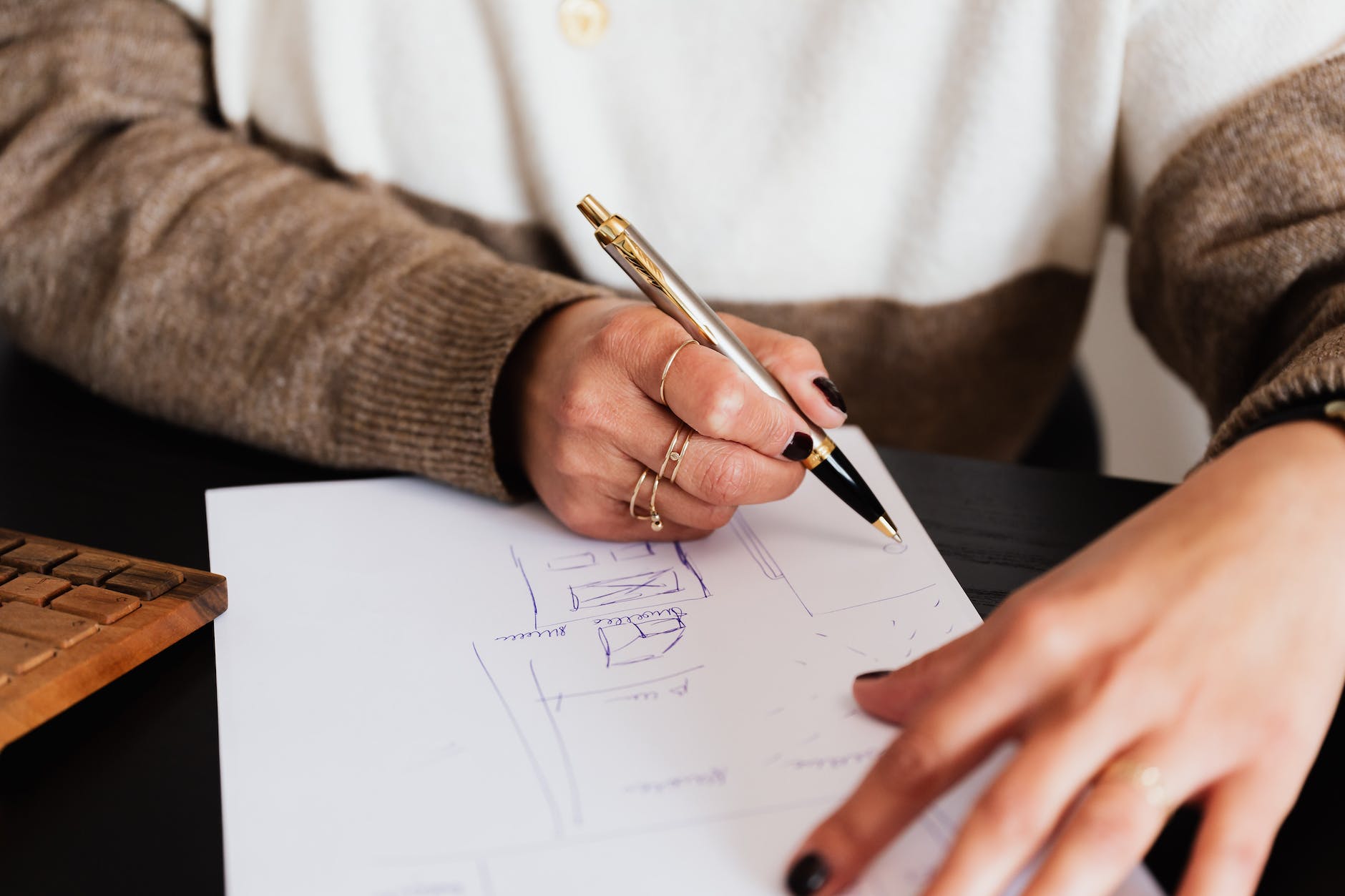
Painting a room, a house, or a commercial space can give it a fresh and updated look. However, one of the most common questions people ask when planning a painting project is, “How much will it cost?” Estimating the cost of a painting project can be challenging, but with a few key considerations, you can get a good idea of how much you can expect to pay. Here are some tips on estimating the cost of a painting project.
1. Determine the scope of the project
The first step in estimating the cost of a painting project is to determine the scope of the project. This includes the size of the area, types of surfaces, and any additional prep works. The larger the area and the more work that needs to be done, the higher the cost.
2. Calculate the amount of paint needed
Once you’ve determined the project’s scope, you can calculate the paint needed. This will depend on the size of the area to be painted and the number of coats required. A good rule of thumb is to assume that one gallon of paint will cover approximately 400 square feet of surface area. Multiply the square footage of the place to be painted by the number of coats required to estimate how much paint you’ll need.
3. Consider the cost of materials
In addition to the paint, you’ll also need to factor in the cost of materials such as brushes, rollers, drop cloths, and tape. These costs can add up, so include them in your estimate. These things items should only be a factor if you’re doing it yourself. However, every contractor is different. You should ask what is included in your estimate. You can see the personal cost of materials from this Dunn Edward link.
4. Determine labor costs
The labor costs for a painting project will depend on the project’s size and the job’s complexity. Most contractors charge by the hour or square foot, so be sure to get a quote from several contractors to compare prices.
5. Account for additional costs
Finally, it’s essential to account for any additional costs that may arise. This could be any unexpected repairs or changes to the project scope. It’s a good idea to set aside a contingency budget of around 10% of the total project cost to cover these unforeseen expenses. Not every project will have any increase cost, but you never know.
Estimating the cost of a painting project requires careful consideration for the customer. Other factors include the amount of paint and materials needed, the labor costs, and any additional costs that may arise. By considering these factors and getting quotes from multiple contractors, you can get a good idea of how much your painting project will cost. Contact us today to schedule your free painting estimate.

